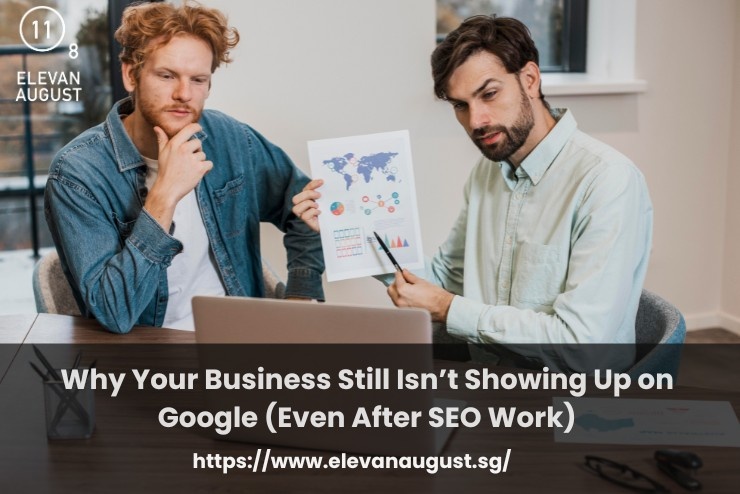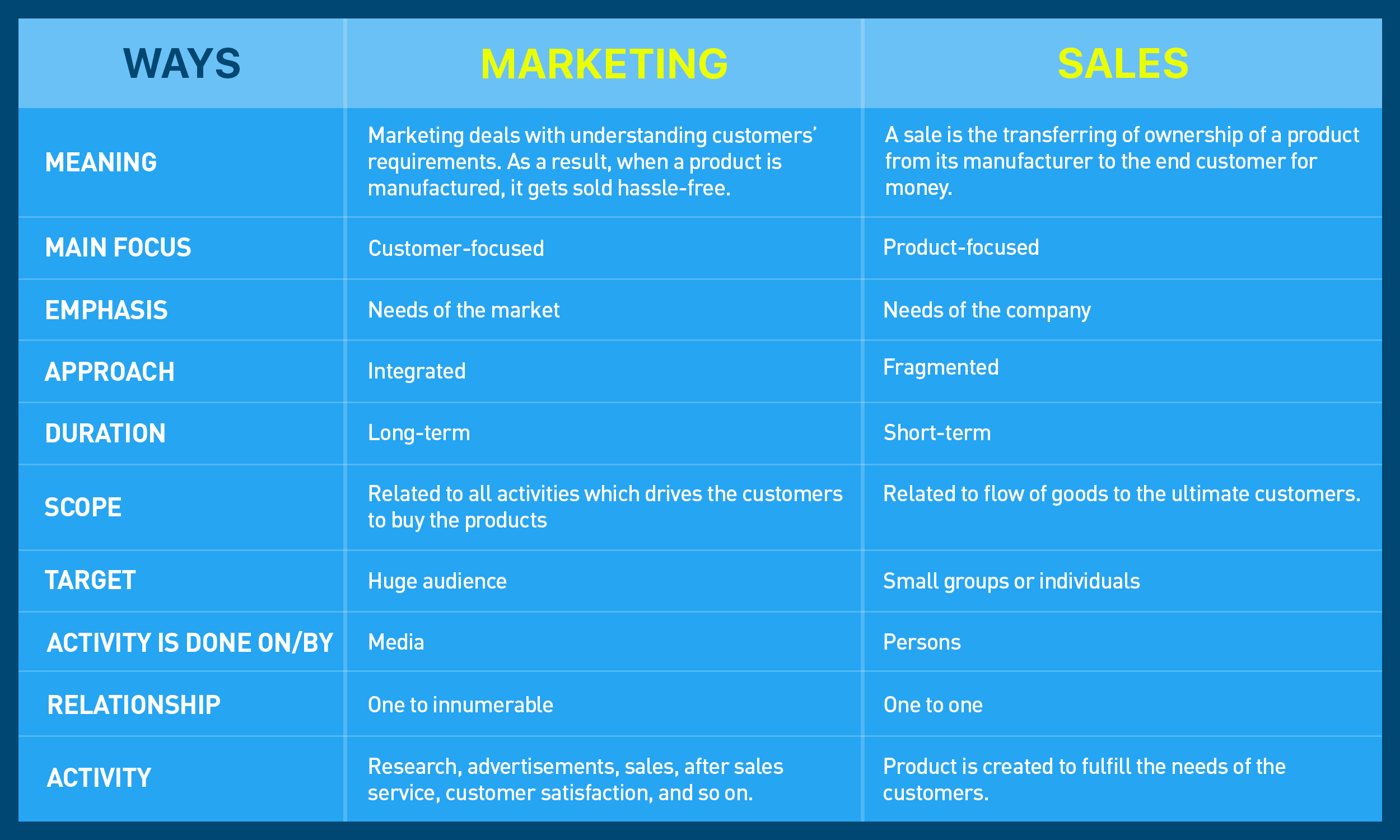You’ve already spent time and money on SEO. The reports look clean, but when you search your own brand or services, you’re still nowhere near the top.
That’s frustrating, especially when the basic boxes are ticked. The keywords, the content, the optimized pages—all there.
If this sounds familiar, you’re not alone. Plenty of Singapore businesses run into this wall.
Here’s what might still be holding you back.
1. Your site might be “technically” optimized but poorly structured
Google doesn’t just read your site. It maps it.
If your pages feel scattered or disconnected, that structure weakens your site’s clarity.
Imagine a website where service pages live under blog URLs, or where important product pages are five clicks deep with no internal links pointing to them.
Even if the content is strong, Google won’t treat it as important unless the structure tells it so.
2. The keywords look right but the intent feels off
Showing up for a keyword only matters if your content satisfies the person searching for it.
Let’s say you want to rank for “corporate wellness program.” Your page lists features and pricing, but the top-ranking results are how-to guides and workplace culture articles.
That gap between what your page says and what the searcher expects to find will hold you back, even if the rest of your SEO is technically sound.
3. Google doesn’t see enough topic coverage to trust you yet
One good article doesn’t create authority.
You might be trying to rank for “event management software,” but your site only has one or two posts about that space.
Google tends to favor businesses that go wide and deep; the ones that show they’ve done the work across subtopics, related terms, and questions users typically ask.
If you want to show up in search, give your site more than one door in.
4. Small technical issues add up behind the scenes
Your pages might load fast, and your mobile view may work fine. But hidden technical issues could still slow Google down.
Some of the most common ones include:
- Loops in internal redirects
- Pages flagged with conflicting canonical tags
- Duplicate meta titles or missing headers
- Hidden dead links buried in old blog posts
- Crawl settings that block important folders
These issues don’t always break a site, but they can dilute authority and visibility.
5. You skipped the local signals that drive clicks in your area
For many Singapore-based businesses, local visibility plays a bigger role than they realize.
That includes showing up on Maps, appearing in “near me” results, and ranking for searches that mention districts or MRT zones.
If your Google Business profile sits half-filled, or your reviews feel neglected, Google reads that silence as low relevance. Local visibility improves when those signals look active.
6. Your SEO strategy likely stalled too soon
Most teams do SEO in bursts. Fix a few things, publish a few posts, then move on.
The problem is, Google reads momentum. If your updates stopped months ago, it registers your site as less active.
Fresh content, refreshed pages, and internal links that reflect how your offer evolves—these are the things that push rankings forward over time.
Final Thoughts
Search performance doesn’t improve just because a checklist has been completed. It improves when every part of your site tells the same story clearly, consistently, and in a way Google can follow.
That’s the kind of work we do at Elevan August. We get into the details, reshape what matters, and make sure the parts you’ve already built start pulling their weight.
If showing up on search feels harder than it should, let’s fix that. Drop us a message. We’ll show you what’s missing and how to move forward with confidence.






